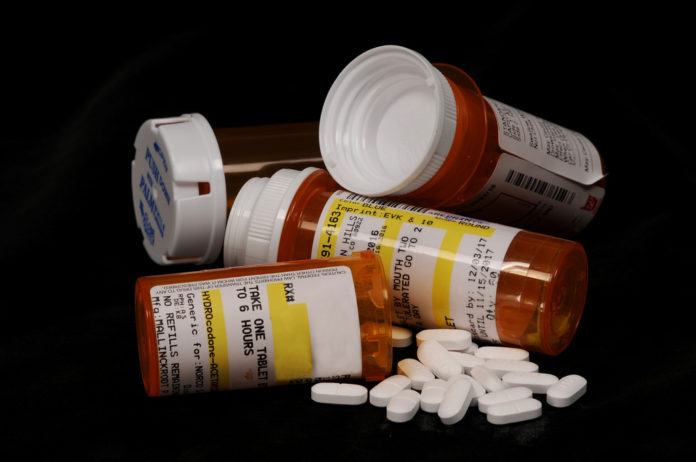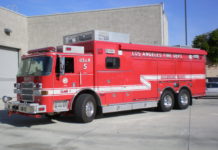Almost 3,000 teenagers and young adults and more than 8,400 people between 25 and 34 died of opioid-related deaths in 2016.
According to a new study published in the journal JAMA Network Open, one in five deaths among young adults involved opioids and the trend shows no sign of abating. The study objective was “to examine the burden of opioid-related mortality across the United States over time.”
Conducted between 2001 and 2016, the study found opioid-related deaths increased 345 percent over that period to 42,245, or 130.7 per million people. The opioid epidemic has infiltrated all genders, demographics and geographic areas of the U.S., and the globe.
Recent increases in the deaths attributable to opioids among those between the ages of 15 to 34 highlight the need for focused programs and policies that focus on improved addiction treatment and harm reduction measures in this high-risk population.
The study concluded the “Premature death from opioid-related causes imposes an enormous public health burden across the United States.”
Unfortunately, money is at the center of the epidemic, said Dr. Howard Taylor, laboratory director of toxicology with the American Addiction Centers.
Pharmaceutical marketing has been prevalent since the 1950’s with valium becoming the first million dollar drug in the 1960s. Prescriptions for OxyContin increased tenfold in the late 1990s from 670,000 in 1997 to 6.2 million in 2002. Today, those figures are well over 3 billion annually.
The CDC indicates that half of opioid pain relievers are dispensed by primary care providers.
“An estimated one out of five patients with non-cancer pain or pain-related diagnoses is prescribed opioids in office-based settings,” said Taylor. Sales of prescription opioids have almost quadrupled in the U.S. between 1999 and 2014 and are likely to be prescribed to manage acute and chronic pain.
There is also the illicit manufacturing of opioid drugs. “With drug dealers trying to maximize profits, they are turning to more potent opioids,” said Taylor. “Fentanyl is 50-100 times more potent than heroin or morphine, so drug dealers are adding fentanyl to heroin, cocaine and most any illicit drugs.”
Counterfeit oxycodone is likely to contain fentanyl and its analogs. “The math is quite simple,” said Taylor. “The profit on a kg [about 2.2 pound] of pure heroin is approximately $100,000 vs. the profit on a kg of fentanyl is $1,000,000.”
















